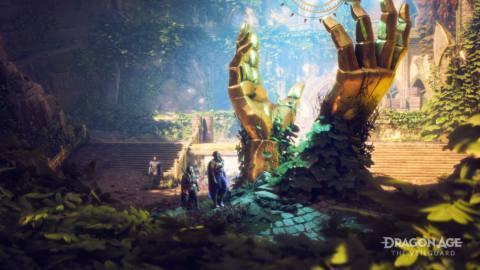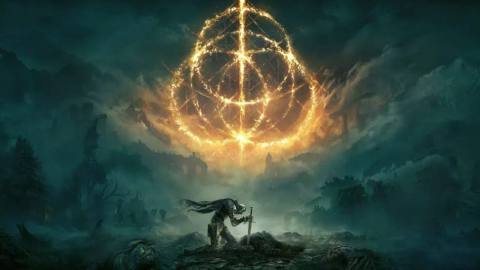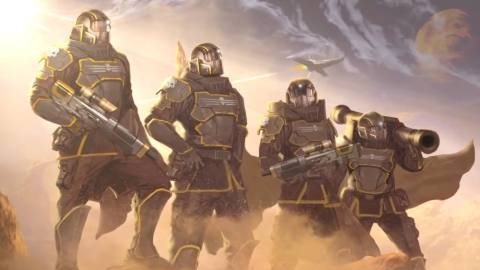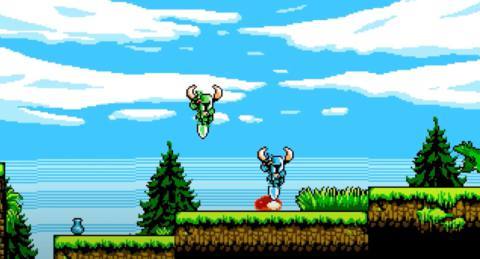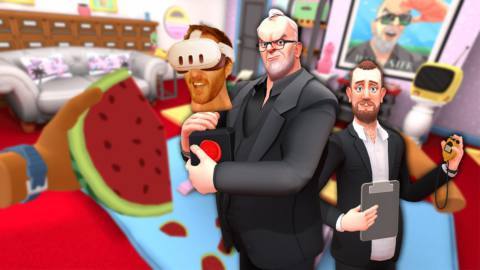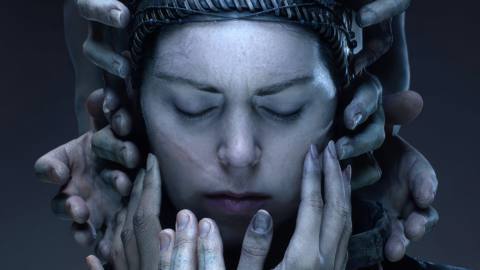
Senua’s Saga: Hellblade 2 is a carefully paced cinematic game – almost like the logical conclusion of those early 90s FMV experiments. I mean that in the best way and I’m fascinated by its existence – in an era where it feels as if publishers are pushing to fill their games with arguably too many features, Hellblade 2 is a tight, pure experience more so than a typical video game. The focus is so tight, in fact, that some may be put off by the lack of interactivity, but let’s be clear – it’s his singular focus that allows it to shine, becoming its own thing that you won’t soon forget. It’s a masterpiece in audio-visual design from developer Ninja Theory and an astonishing demonstration of Unreal Engine 5’s core technologies.
As a story-focused game, characters and character rendering play a significant role in the presentation. However, while the pre-release media largely focused on Senua herself, Hellblade 2 features a surprisingly large number of other humans. It’s without doubt one of the games defining visual features – the character rendering in Hellblade 2 sets new standards, delivering sequences that, at times, almost resemble actual filmed scenes with real actors. This is one of the first examples of a game that stands up against the promise of the UE5 demo The Matrix Awakens. The scenes feel very natural and realistic in a way that manages to somewhat sidestep the uncanny valley almost completely.
When the camera zooms in for a close-up, the level of detail is such that it left me guessing whether I was looking at real-time graphics or a pre-rendered cutscene. Thankfully, with Photo Mode being available at any time, you can easily confirm that they are, in fact, real-time.Of course, it’s really the animation you experience while playing that impressed me the most. The expressions visible while engaged in combat or simply exploring really help bring the characters to life.

